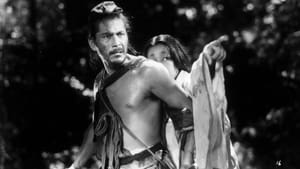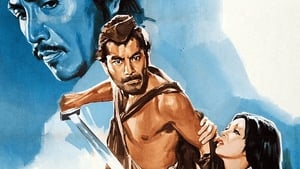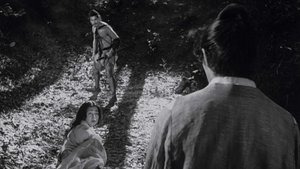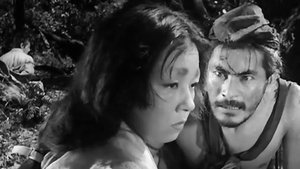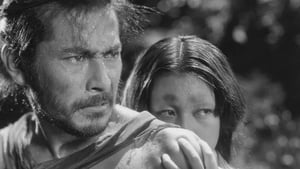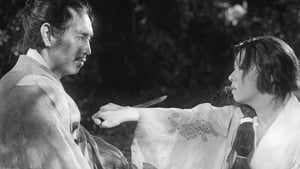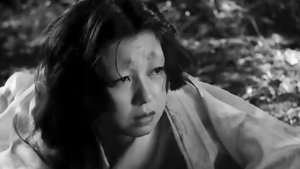Video Sources 0 Views
- Watch trailer
- Rashomon 1950 Colorized

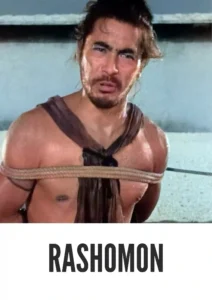
Synopsis
Table of Contents
Toggle
Step into the intricate narrative of Rashomon, a groundbreaking psychological drama from 1950, now beautifully colorized for a fresh viewing experience. Directed by the legendary Akira Kurosawa, this film is renowned for its innovative storytelling and profound exploration of human nature. The colorized version enhances the visual richness of this cinematic masterpiece, making it an essential watch for both classic film aficionados and new audiences alike.
Rashomon unfolds in a forest near Kyoto, where a samurai has been murdered, and a woman has been assaulted. The story is told through the conflicting testimonies of four witnesses: the bandit (Toshiro Mifune), the samurai’s wife (Machiko Kyo), a woodcutter, and even the spirit of the deceased samurai. Each account reveals different facets of the truth, challenging viewers to question their perceptions and biases. This narrative structure not only captivates but also invites deep philosophical contemplation on morality and truth.As each character presents their version of events, it becomes clear that memory and perspective can distort reality. The film culminates in a poignant reflection on human nature, leaving audiences pondering the essence of truth long after the credits roll. Rashomon is not just a story about a crime; it’s an exploration of how we construct our realities through subjective experiences.
The film features an exceptional ensemble cast that brings this complex narrative to life:
- Toshiro Mifune as the Bandit
- Machiko Kyo as the Samurai’s Wife
- Masayuki Mori as the Samurai
- Takashi Shimura as the Woodcutter
- Yoshiko Kuga as the Spirit of the Samurai’s Wife
Rashomon is classified as a psychological drama with elements of mystery and philosophical inquiry. Its unique narrative style and thematic depth set it apart from traditional storytelling, making it a pioneering work in world cinema.
Released in 1950, Rashomon marked a significant moment in cinematic history, bringing international attention to Japanese filmmaking. Akira Kurosawa’s innovative approach to storytelling influenced countless filmmakers worldwide. The film won the Golden Lion at the Venice Film Festival and played a crucial role in popularizing Japanese cinema in the West. Its exploration of subjective truth has inspired numerous adaptations and discussions about narrative reliability in filmmaking.
This colorized version of Rashomon has been meticulously restored using advanced digital techniques that breathe new life into its iconic visuals. The colorization process involved analyzing the original black-and-white footage to enhance its emotional impact while maintaining fidelity to Kurosawa’s artistic vision. By applying modern technology to this classic film, audiences can experience its beauty in a way that resonates with contemporary viewers while preserving its historical significance.
- : Akira Kurosawa
- : Akira Kurosawa, Shinobu Hashimoto, Ryūnosuke Akutagawa
- : Stories by Ryūnosuke Akutagawa
- : Kazuo Miyagawa
- : Akira Kurosawa
- : Daiei Film
- : Toho Company
- : 88 minutes
- : MP4
- : HD (1080p)
- : Compatible with most devices, including smartphones, tablets, computers, and smart TVs.
Since its release, Rashomon has been hailed as one of the greatest films ever made. Critics praise its innovative narrative structure and profound thematic explorations. It is frequently studied in film schools for its groundbreaking approach to storytelling and character development. While some may find its pacing slow by modern standards, its depth and complexity continue to captivate audiences around the globe.
- : What is Rashomon about?
A: Rashomon is a psychological drama exploring multiple perspectives on a crime involving a samurai’s murder and his wife’s assault. - : Is Rashomon (1950) well-known?
A: Yes, Rashomon is considered a landmark film that significantly influenced global cinema. - : Is this version of Rashomon colorized?
A: Yes, this version has been professionally colorized to enhance visual engagement. - : What makes Rashomon interesting for film enthusiasts?
A: Its unique narrative structure and philosophical themes offer valuable insights into human nature and perception. - : What is the download format?
A: The download format is MP4, which is compatible with most devices. - : What resolution is available for download?
A: The resolution is HD (1080p), ensuring high-quality viewing.
Watch Rashomon Today!
